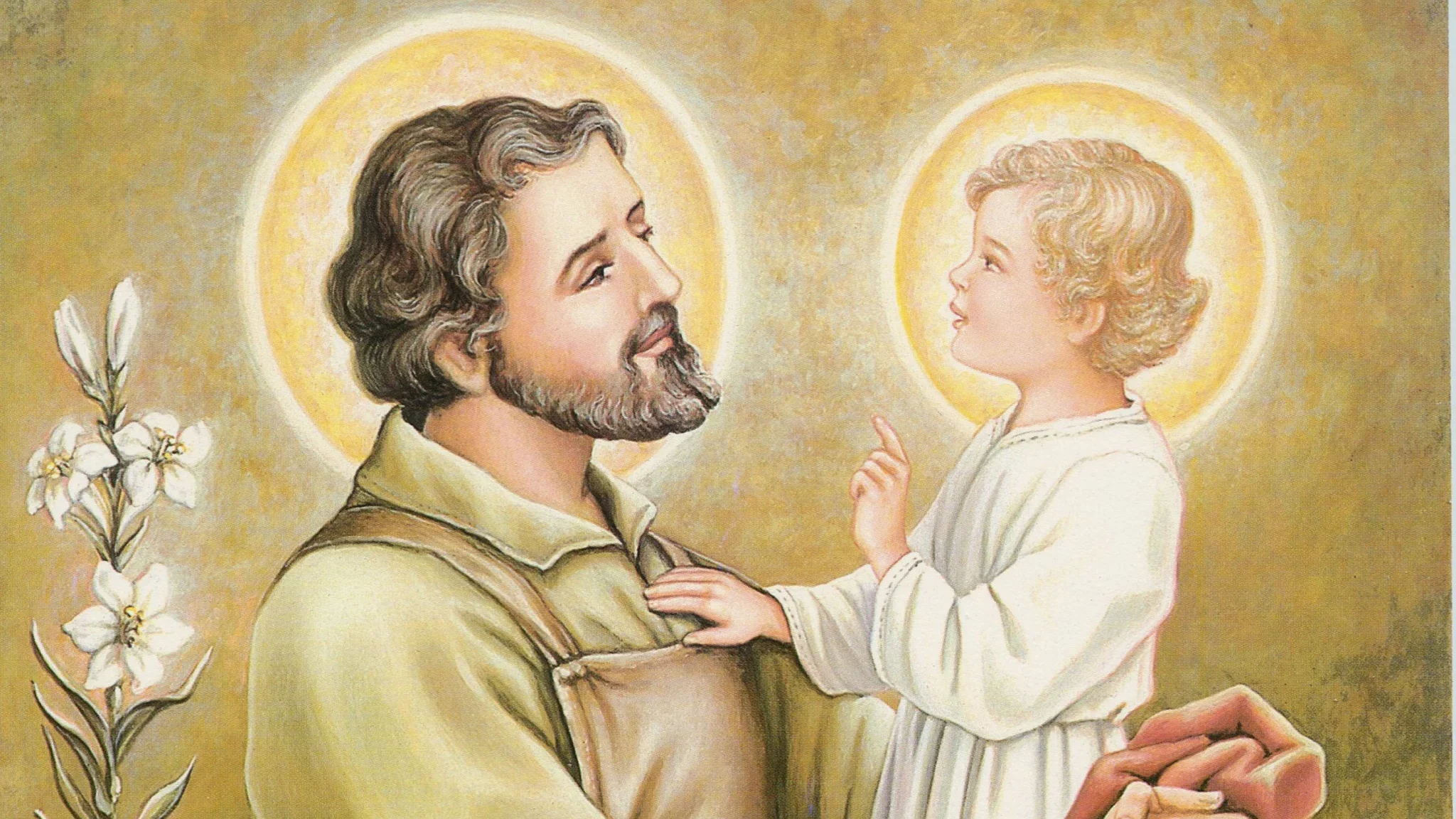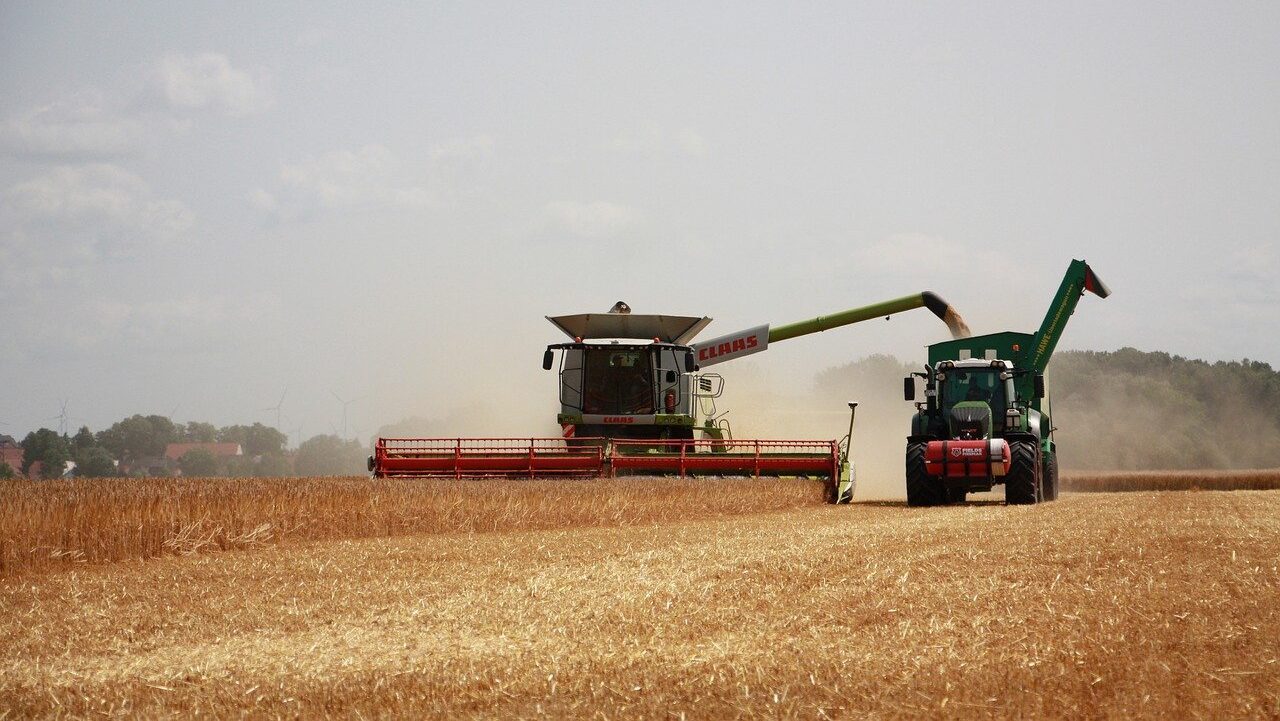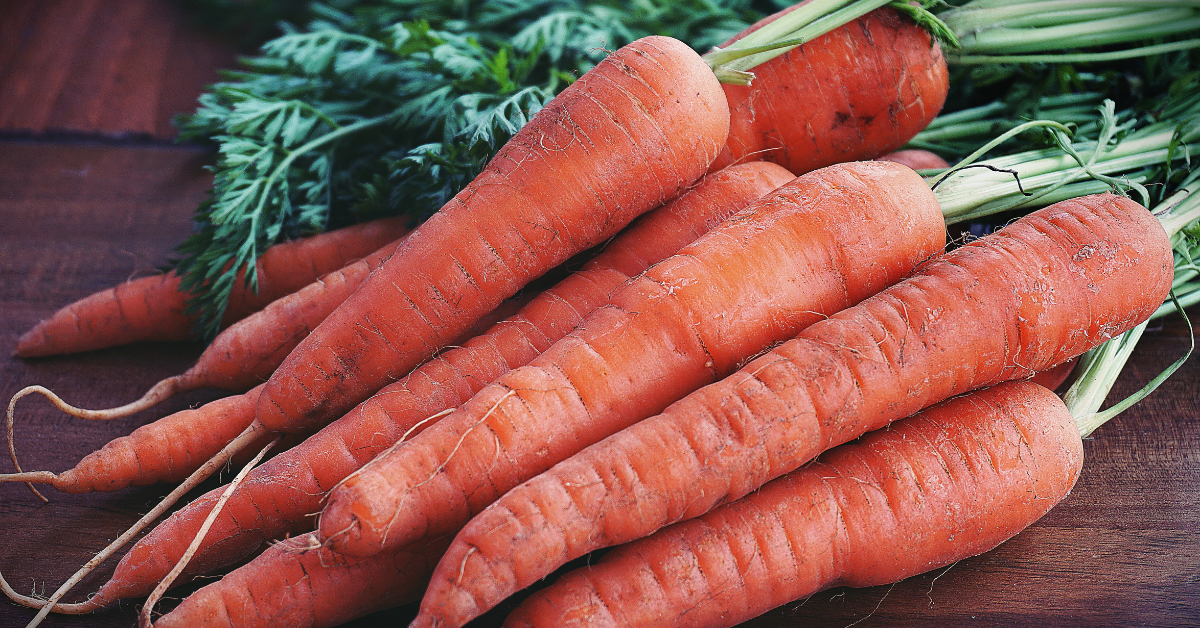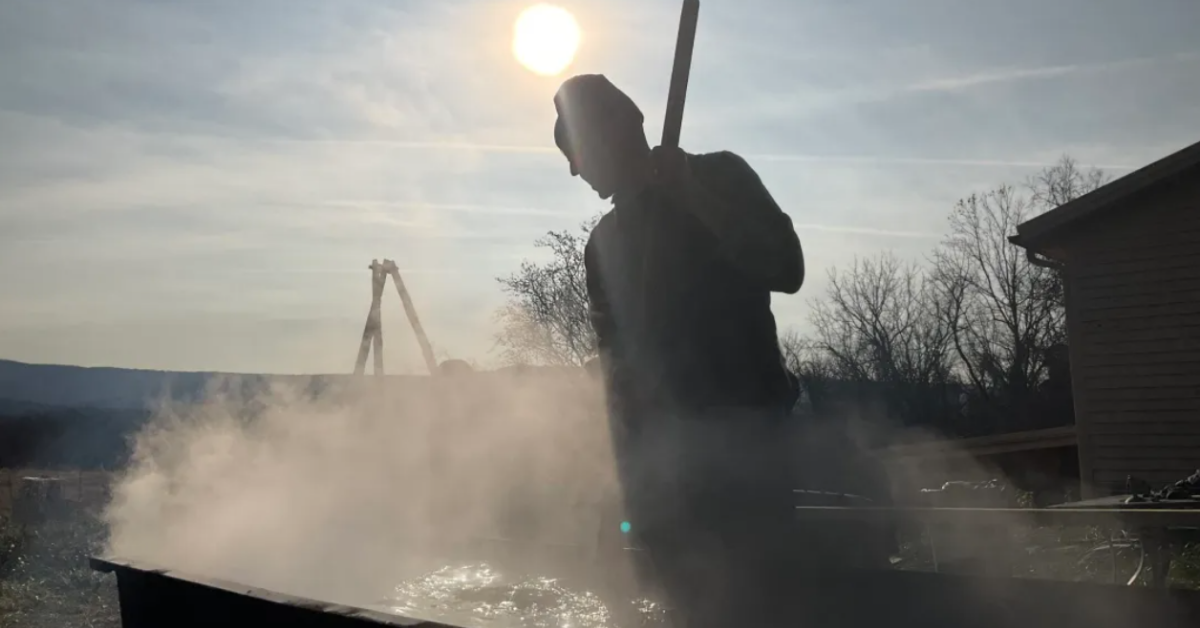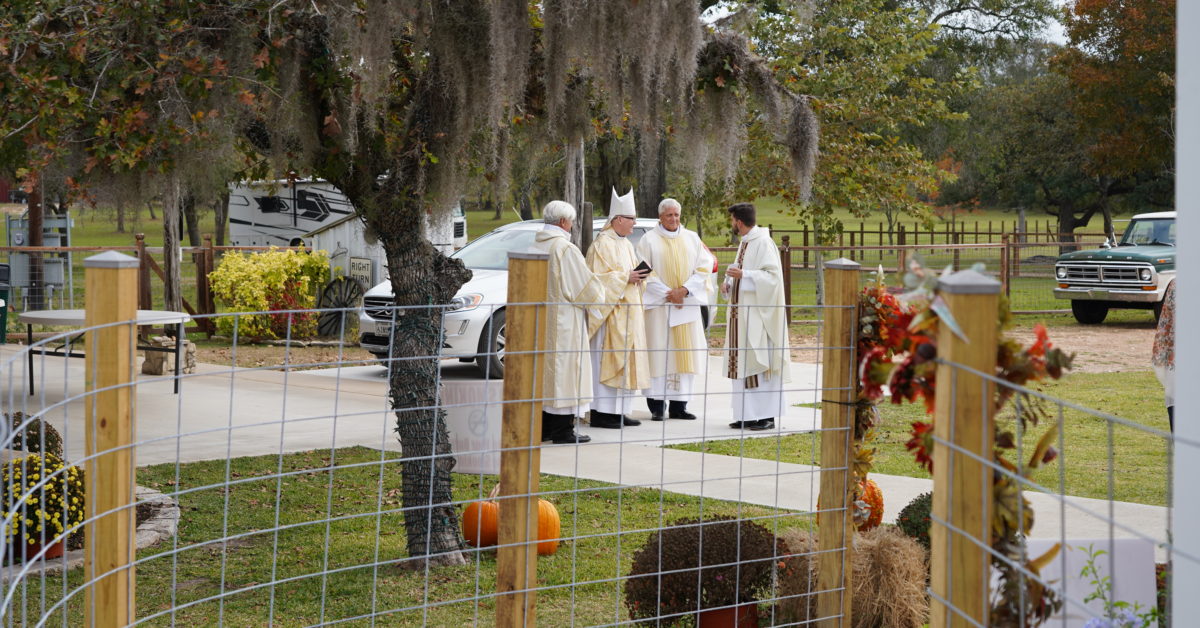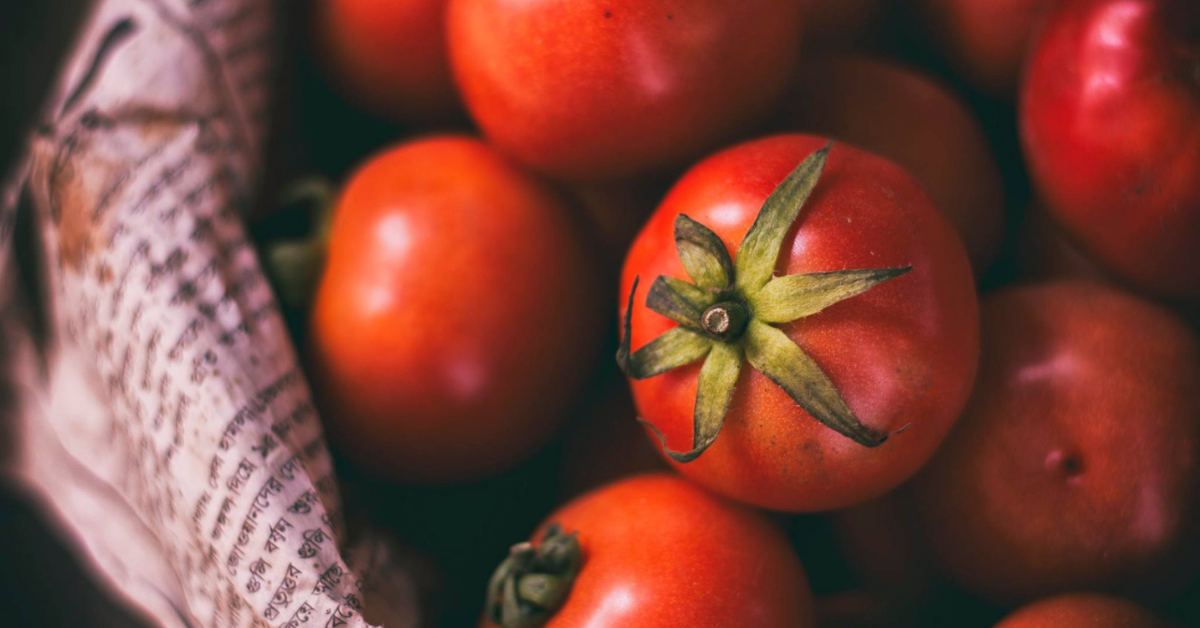[Editor’s Note: On January 24, 2019 the Wethersfield Institute is celebrating the 30th anniversary of the death of its benefactor, Chauncey Devereux Stillman. In honor of this anniversary, we are sharing an excerpt from the Winter 2016 magazine article by Stillman’s grandson and CRL member, Peter Budnik.]
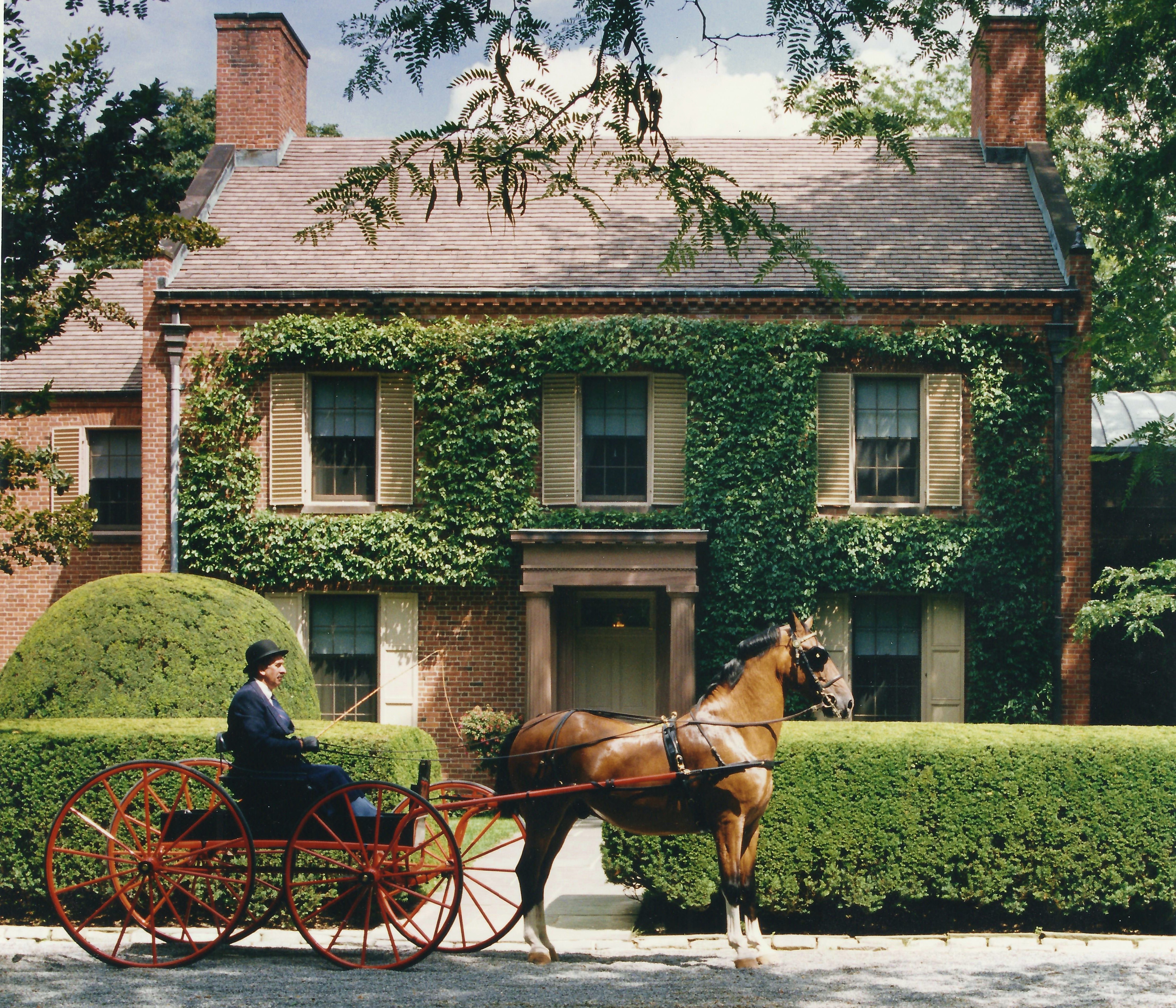
God gives all men all earth to love,
But since man’s heart is so small,
Ordains for each one spot shall prove
Beloved over all.
— Rudyard Kipling, Sussex
In this Milwaukee winter, I think back on my childhood in the Hudson Valley of New York and reflect on which elements of the lives that came before mine are most recognizable in my own life and in which ways other lives show up more subtly. Further, how much is my life, or my kids’ lives, a product of nature, nurture, or the broader cultural climate, in the way that the plants we grow in our garden are a product of their genetics, the care our family provides them, and the conditions the climate provides them?
And so, in this time of reflection between earths slumber in fall and its revival in spring, my grandfather comes to mind, as he does most days of my life. As I was only six when he died, my mother’s father, Chauncey Stillman, had very little ability to convey his life’s knowledge to me directly, with all of its richness and biases. While some grandchildren are able to inherit decades of memories from their grandparents, and with those years come nostalgic loves of certain foods, fondness for certain card games, or a passion for other activities, the inheritance I’ve received from my grandfather, the ingredients in the compost of my life, so to speak, have taken longer to develop and show themselves.
The Life of Chauncey Stillman
Before going forward, I should tell you a little about my grandfather and what sort of interest he might have to the supporters of Catholic Rural Life.
My grandfather would have been considered part of the 1%, the America aristocracy, or whatever one called the upper crust of the early 20th century. While his status and means certainly took care of his creature comforts, it did not shield him from the tragedies and cares that buffet all humans throughout their lives. Through his college years, my grandfather lost his mother, father, and younger brother, all in separate incidences. The rest of his twenties he spent adrift, seeking a place and a purpose to call his own. As Rudyard Kipling so clearly identifies in his poem Sussex, God gives man all the earth, but in the face of such enormity as “all the earth,” how does one find his spot?
My grandfather pursued various equestrian arts, earned a Master’s Degree in architecture, and spent his time surmising broadly about the state of the world. At the close of the 1930s, as he was closing out his own 20s, my grandfather took three steps that gave him a purpose and a place that, in turn, allowed him to find a deeper love of all the earth.
First, my grandfather founded, funded, and edited a new magazine called Free America with some of the brightest agrarian minds of the ‘30s. This magazine promoted land-ownership spread throughout the broader population, believing that independence could only be found in a society with decentralized business and political power.
Second, my grandfather founded the Homeland Foundation, which was created in part to, “make, institute, conduct and carry out every manner and kind of scientific, agricultural, horticultural, or biological experiment, research, study and investigation, and in any other way to assist in improving and developing country life, and to experiment, research, study and investigate with regard to the most satisfactory means of economic and social life in rural communities.”
Third, he purchased a handful of farms in Dutchess County, New York, whose land had become exhausted and soil depleted. He combined the land and gave the new farm and estate the name Wethersfield, in honor of the town in Connecticut where his family first settled.
In this “one spot” that “proved beloved over all” for Chauncey Stillman, there grew a house, formal garden, farm, and woodland that seamlessly wove together the architectural, conservational, and agricultural threads that had previously been held separate in my grandfather’s life. The farm was radical for its time, employing biodynamic farming, contour plowing, and reforestation to link the land back to its natural rhythms.
A Legacy that Sustains
I can only imagine what would lead my grandfather, a city-dweller from a prominent banking family (both points of nature and nurture that would seem to be contradictory to agrarian sympathies), to make such definitive moves to tie himself so deeply and directly to the various agrarian movements that were flourishing in the wake of the Great Depression.
And yet, I can’t help but draw the parallels between my grandfather’s time and ours. As his generation was seeking a return to the land and rural values in the face of enormous anti-individual forces (think communism, fascism, and the rise of corporatism), our generation is also seeking a return to the land in the face of our own isolation from the food we eat and products we otherwise consume.
Though I generally had a middle-road, suburban upbringing, I feel the call that my grandfather answered seventy-five years ago to reconnect with the rhythms of agrarian life. Despite being a suburbanite, I see the value in what my grandfather sought to teach about stewardship for the land and care for our fellow laborers in the vineyard.
At this point, I am grateful to my grandfather and my parents for the love of the land they instilled in me. I’m grateful for the opportunity to support a local CSA, compost food waste for my own little veggie patch, and serve on the boards of two foundations that sustain and promote my grandfather’s legacy.
My prayer is that, like my grandfather, I will be able to support and advance the causes of rural America, perhaps not from within the agricultural community, but from within the growing population that realizes its dependence upon agrarian life for healthy food, a healthy society, and a healthy earth.
–Peter Budnik is an architect in the Milwaukee area and serves on the board of directors of the Homeland Foundation and the Budnik Family Foundation. He is currently working on a chronicle of his grandfathers’ life.
The beautiful Wethersfield estate is still in operation and open to visitors. Learn more here.


